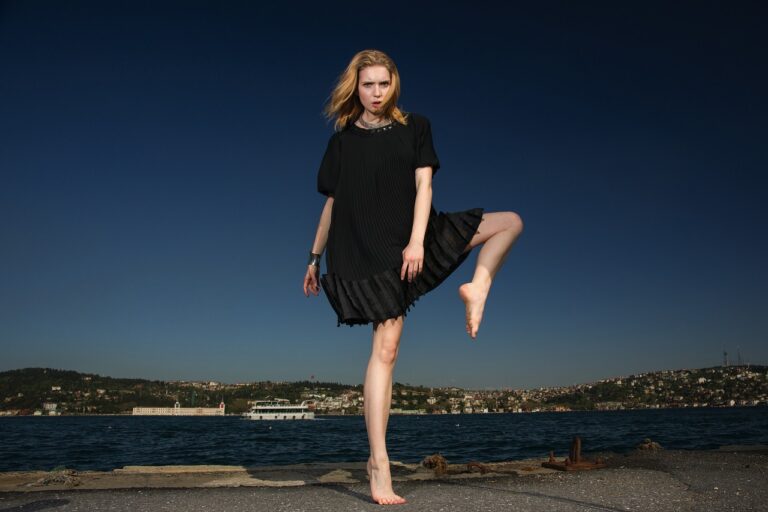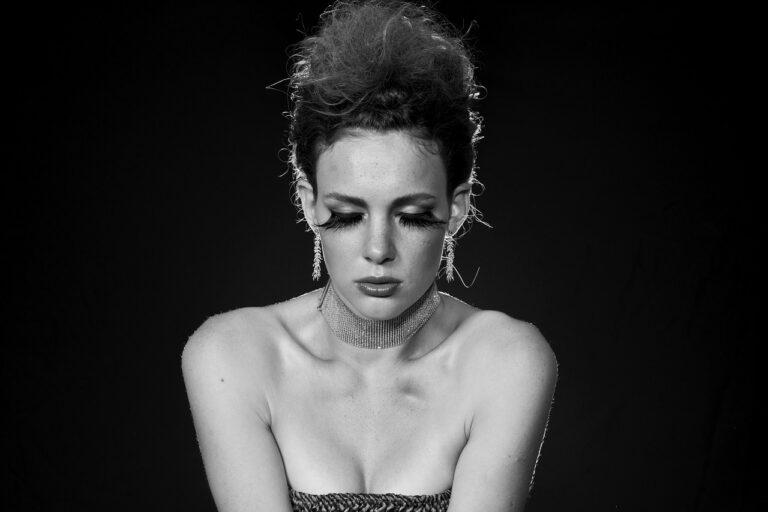Fashion in the Metaverse: Virtual Runways and Digital Fashion Shows
With the evolution of technology, fashion shows have transcended physical runways to reach global audiences through digital platforms. This shift has not only democratized access to the fashion industry but has also revolutionized the way designers showcase their collections. From live streaming to virtual reality experiences, the digital age has brought about a new era of innovation and creativity in the world of fashion.
Social media platforms and online streaming services have played a pivotal role in redefining the landscape of fashion shows. Designers now have the ability to engage with millions of viewers in real-time, breaking barriers of time and space. This digital transformation has not only streamlined the traditional fashion calendar but has also opened up opportunities for collaboration and experimentation in ways previously thought impossible. The future of fashion shows in the digital age holds limitless potential for pushing boundaries and reimagining the way we experience and interact with fashion.
The Rise of Virtual Runways in the Metaverse
Fashion industry has always been known for its ability to adapt to changing trends and technologies. The emergence of virtual runways in the metaverse represents a significant shift in the way designers showcase their collections. This digital platform allows for a more immersive and interactive experience for both designers and consumers, breaking traditional barriers of physical fashion shows.
In the metaverse, fashion brands have the opportunity to create unique and innovative runway presentations that transcend geographical boundaries. With the use of virtual reality technology, designers can experiment with creative concepts and themes in ways that were not possible before. This new form of showcasing collections opens up endless possibilities for creative expression and consumer engagement in the ever-evolving landscape of fashion.
Exploring the Intersection of Technology and Fashion
Technology and fashion have become tightly interwoven in the modern landscape of design and presentation. The integration of digital tools and platforms has revolutionized the way that fashion is both created and showcased to the world. Designers now harness the power of virtual reality, augmented reality, and interactive digital experiences to push the boundaries of creativity and engage with a global audience in new and dynamic ways.
The emergence of advanced software, 3D modeling, and virtual fitting rooms has redefined the traditional fashion show format. This shift towards digital innovation has allowed for more inclusive and accessible means of experiencing fashion, transcending physical boundaries and reaching individuals from all corners of the globe. As technology continues to evolve, the intersection of fashion and technology promises to shape a new era of creativity, collaboration, and engagement within the industry.
How has technology impacted the fashion industry?
Technology has revolutionized the fashion industry in many ways, from the design process to the way clothes are marketed and sold.
What are some examples of how technology is being used in fashion shows?
Technology is being used in fashion shows to create immersive experiences for audiences, including virtual reality, augmented reality, and live streaming.
How are virtual runways changing the way fashion shows are presented?
Virtual runways are allowing designers to showcase their collections in a digital space, reaching a global audience without the need for physical events.
What are some benefits of the intersection of technology and fashion?
The intersection of technology and fashion has led to increased creativity, efficiency, and accessibility in the industry, as well as new opportunities for designers and brands to connect with consumers.







